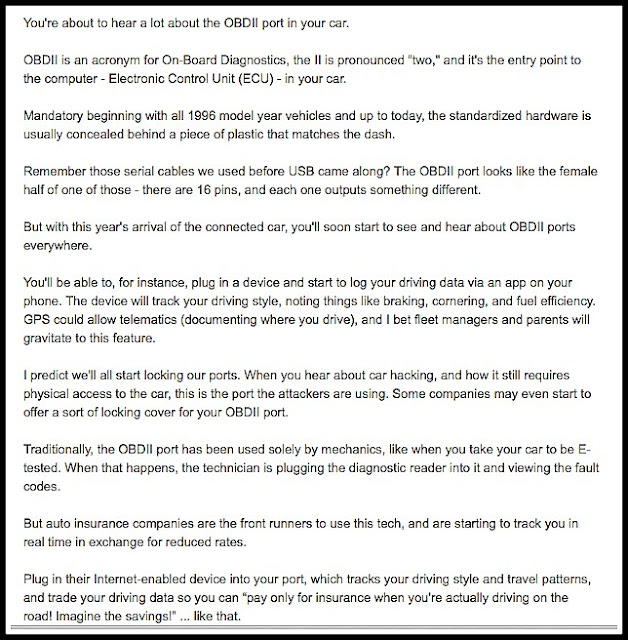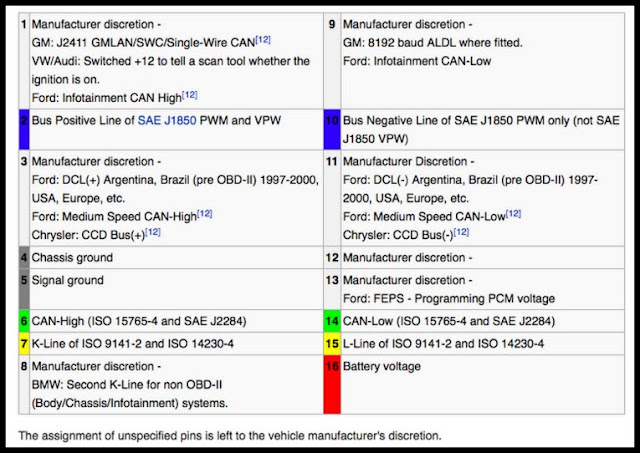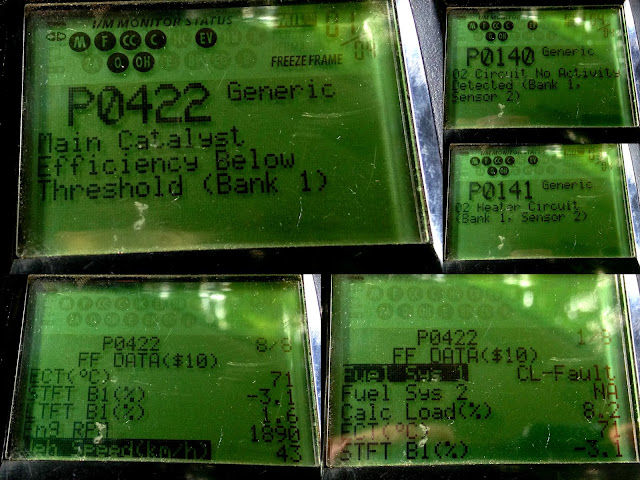With this year’s arrival of the connected car, you’ll soon start to see and hear all about OBDII… On-board Diagnostics, II is pronounced “two.”
OBDII – the mandatory port, found within 2 feet of all steering wheels, that’s used to access a vehicle’s computers.
Or, plug an internet-enabled device into this port, now you’re driving a “connected car.”
For more details here’s a blog post about them – OBDII Ports
Read it online at Autonet.
Favourite line:
It’s the mandatory-since-1996 port used to access the computer in your car, and we’re about to hear a lot more about it as internet-enabled devices start to flood the market and allow us to make any car a connected one.
***
Also the 7th paragraph, which I filed under Predictions – we will all soon start locking our OBDII ports.
Back to ‘Keri on Driving’ – Index






